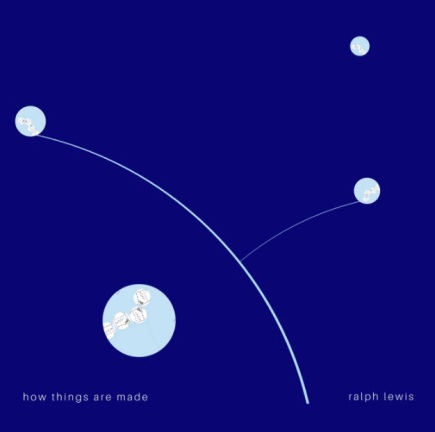I am so thankful to get to share Gabriela Diaz and Wendy Richman’s recording of Unwinding with Penelope from Boston Microtonal Society’s 2017 Call for Works concert. It is inspired by the subtle delaying and resistance strategies Penelope employs in The Odyssey. After promising to choose between her suitors when she completes her father-in-law’s funeral shroud, she keeps making and unmaking it, keeping them at bay as best she can with what she has available to her. (My appreciation for this comes especially from Dr. Barbara Clayton’s A Penelopean Poetics.)
I wrote this piece with Gabby and Wendy in mind, especially thinking about each of our access points to microtonal music. For Gabby, she is known for doing Ligeti’s concerto that involves scordatura (retuned strings) and microtones. For Wendy, she found Scelsi’s Manto III to be a transformative experience. For me it was when I was at the Xenharmonic Praxis Summer Camp back in the 2011, writing in 14 edo (14 notes per octave) for Jacob Barton, Steven Kandow, and Chris Vaisvil. Because of this I chose to use a similar starting position and sense of aspiration in how I designed Unwinding for Gabby and Wendy.
While composers like Rebecca Saunders, James Tenney, Harry Partch, and Peter Adriaansz inspire how I imagine a musical space, those warm, playful weeks in West Virginia will always be a part of how I approach alternative tuning practices.
Image credit: Quilt made at the Garden Garret Studio in Vallejo, California.
(https://www.facebook.com/The-Garden-Garret-Studio-138992310190917/)

